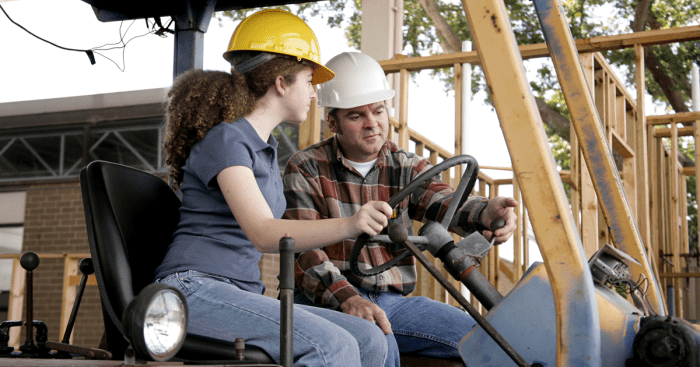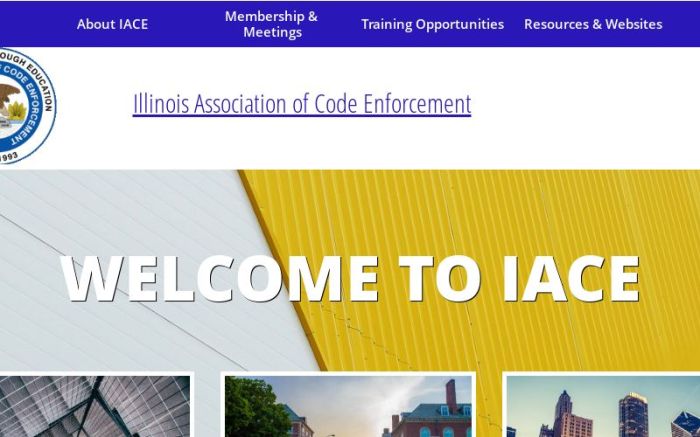What must you have when working on an awp/mewp – Navigating the complexities of aerial work platforms and mobile elevating work platforms (AWPs/MEWPs) demands a comprehensive understanding of the indispensable equipment required to ensure safety and efficiency. From mandatory personal protective equipment (PPE) to specialized tools and accessories, this guide delves into the essentials that every AWP/MEWP operator must possess.
As you ascend to new heights with AWPs/MEWPs, this comprehensive guide will equip you with the knowledge and insights necessary to operate these machines confidently and effectively. Let’s embark on a journey that prioritizes safety, productivity, and compliance.
1. Safety Requirements

When working on an AWP/MEWP, it is imperative to adhere to strict safety requirements to minimize risks and ensure operator well-being.
Mandatory Personal Protective Equipment (PPE)
- Hard hat to protect against falling objects
- Safety glasses or goggles to shield eyes from debris
- Safety harness and lanyard to prevent falls
- Gloves to protect hands from cuts and abrasions
- High-visibility clothing to enhance visibility
Safety Harnesses and Lanyards
Proper use and maintenance of safety harnesses and lanyards are crucial for fall protection. Harnesses should fit snugly and be inspected regularly for any damage or wear. Lanyards should be of appropriate length and should be attached to a secure anchor point.
Regular Safety Inspections and Training
Regular safety inspections of AWPs/MEWPs and training for operators are essential to identify potential hazards and ensure safe operation. Inspections should cover mechanical components, electrical systems, and safety features. Training should focus on proper setup, operation, and emergency procedures.
2. Machine Specifications and Capabilities: What Must You Have When Working On An Awp/mewp

Understanding the specifications and capabilities of AWPs/MEWPs is vital for selecting the appropriate equipment for specific tasks.
Key Specifications
- Platform height: The maximum height the platform can reach
- Outreach: The horizontal distance the platform can extend from the base
- Weight capacity: The maximum weight the platform can support
Types of AWPs/MEWPs, What must you have when working on an awp/mewp
- Scissor lifts: Stable and compact, ideal for indoor and outdoor tasks
- Boom lifts: Provide greater height and outreach, suitable for construction and maintenance
- Mast lifts: Vertical lifts with a narrow profile, perfect for confined spaces
Selecting the Appropriate AWP/MEWP
Consider the following factors when selecting an AWP/MEWP:
- Task requirements (height, outreach, weight capacity)
- Worksite conditions (indoor/outdoor, space constraints)
- Operator experience and training
3. Worksite Preparation and Risk Assessment

Proper worksite preparation and risk assessment are crucial to minimize hazards and ensure a safe work environment.
Worksite Preparation
- Clear the work area of obstacles and debris
- Establish clear access routes to the worksite
- Ensure adequate lighting and ventilation
- Provide barriers or warning signs to prevent unauthorized access
Risk Assessment
Conduct a thorough risk assessment to identify potential hazards, such as:
- Overhead power lines
- Slopes or uneven surfaces
- Wind conditions
- Falling objects
- Pinch points or crushing hazards
Develop strategies to mitigate these hazards, such as:
- Using spotters or barricades to prevent contact with overhead lines
- Leveling the work area or using outriggers to stabilize the AWP/MEWP on slopes
- Monitoring wind speeds and ceasing operations if necessary
4. Operating Procedures and Best Practices

Following proper operating procedures and best practices is essential for safe and efficient AWP/MEWP operation.
Operating Procedures
- Pre-use inspections: Check the machine for any damage or defects
- Setup: Position the AWP/MEWP on a stable surface, level the platform, and extend the outriggers
- Operation: Use the controls smoothly and avoid sudden movements
- Communication: Maintain clear communication with ground personnel and other operators
Best Practices
- Adhere to manufacturer’s guidelines and industry standards
- Never exceed the weight capacity or platform height limits
- Use fall protection equipment at all times
- Be aware of surroundings and potential hazards
- Regularly maintain and inspect the AWP/MEWP
5. Emergency Procedures and Troubleshooting
Being prepared for emergencies and troubleshooting common problems is essential for AWP/MEWP operators.
Emergency Procedures
- In case of a power failure, use the manual override to lower the platform
- If the AWP/MEWP becomes unstable, activate the emergency stop button and evacuate the platform
- Contact emergency services immediately if an accident occurs
Troubleshooting
- Hydraulic leaks: Check for loose fittings or damaged hoses
- Electrical problems: Inspect wiring and connections
- Engine issues: Check fuel levels, spark plugs, and air filters
- Control malfunctions: Calibrate the controls or contact a qualified technician
Maintenance
Regular maintenance is crucial to prevent breakdowns and ensure the safe operation of AWPs/MEWPs. This includes:
- Lubricating moving parts
- Inspecting hydraulic systems and electrical components
- Replacing worn or damaged parts
- Following manufacturer’s maintenance schedule
User Queries
What is the most important piece of PPE for AWP/MEWP operators?
A full-body safety harness with an integrated lanyard is the most crucial PPE for AWP/MEWP operators, as it provides fall protection in the event of an accident.
How often should safety harnesses and lanyards be inspected?
Safety harnesses and lanyards should be inspected by a competent person at least once a year, or more frequently if they are subjected to heavy use or harsh conditions.
What are the key factors to consider when selecting an AWP/MEWP for a specific task?
When selecting an AWP/MEWP, it is essential to consider the platform height, outreach, weight capacity, and type of terrain it will be used on.
What are the most common hazards associated with AWP/MEWP use?
The most common hazards associated with AWP/MEWP use include falls from height, electrocution, and crushing injuries.
How can I minimize the risks associated with AWP/MEWP use?
To minimize risks, it is crucial to conduct a thorough risk assessment, follow safe operating procedures, and adhere to manufacturer’s guidelines and industry standards.